Aloe Vera: Cultivation, Processing, Utilizations and Applications
Aloe Vera looks like a cactus but it isn’t - the plant is a member of the lily family which includes garlic and onion. Inside the leaf is a jelly-like substance. Early users of Aloe Vera discovered that when the jelly was applied to a wound, it would heal faster - a remarkable feat in a time, long before anti-biotic ointments, when the infection of a minor wound was often fatal. Descriptions and instructions for twelve different recipes for the internal and external uses of Aloe Vera can be found in an Egyptian relic, the Eberpapyrus, dating to around 1,500 BC. By 400 BC, the properties of Aloe Vera was well accepted from China to India. Today, Aloe Vera is cultivated throughout the world. Terms including; the potted physician and nature’s medicine chest, attempted to describe the significant historical uses of Aloe Vera. The properties of Aloe Vera, due to its long history of use, were mostly folkloric. Early attempts to scientifically validate its uses produced mixed results; different assessments of the anecdotal evidence and a wide chasm between the proponents of Aloe Vera and the detractors. The highly charged debate, between the two camps, contributed to public confusion, diminishing interest in the supplemental value of Aloe Vera products.
Get it now and save 10%
BECOME A MEMBER
-
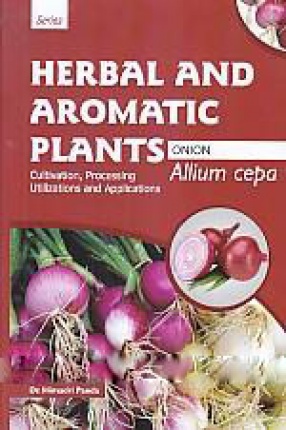
Allium Cepa: Onion: Cultivation, Processing, Utilizations and Applications
-
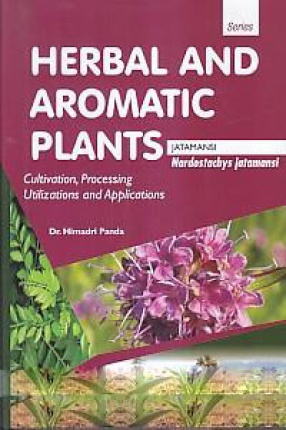
Nardostachys Jatamansi: Jatamansi: Cultivation, Processing, Utilizations and Applications
-
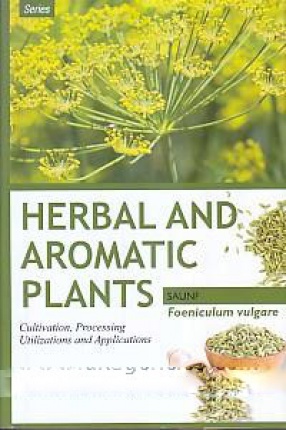
Foeniculum Vulgare: Saunf: Cultivation, Processing, Utilizations and Applications
-
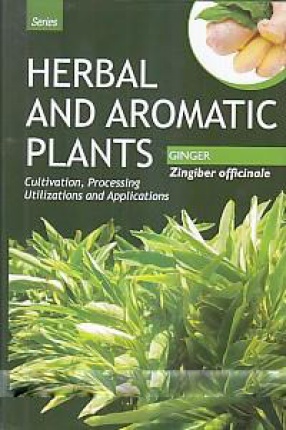
Zingiber Officinale: Ginger: Cultivation, Processing, Utilizations and Applications

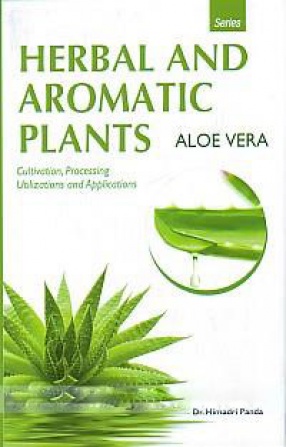

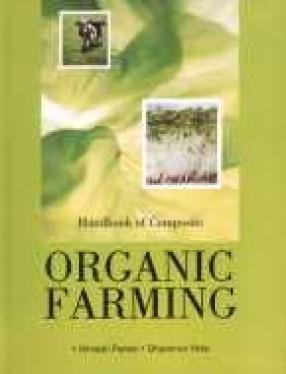
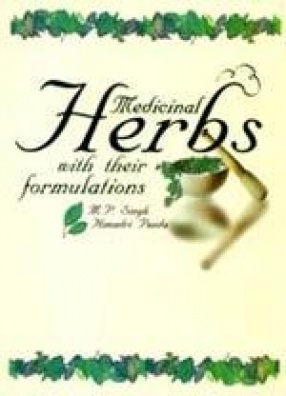






Bibliographic information